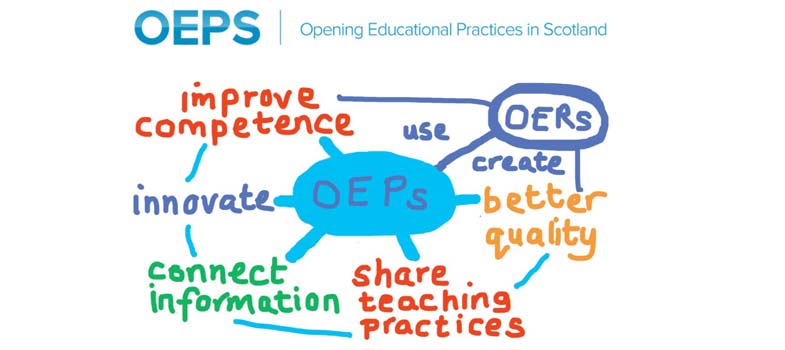2.1.4 Infection of Cochlodinium polykrikoides by Amoebophrya
This alga typically grows as chains. It contains four cells on Figure 5. This alga is forming toxic blooms associated with fish kills.
Now, watch the video at the following link, which was recorded with an optical microscope and shows the final stage of infection: Amoebophrya spp. from the Bloom-forming Dinoflagellate Cochlodinium polykrikoides: Parasites not Nested in the “Amoebophrya ceratii Complex [Tip: hold Ctrl and click a link to open it in a new tab. (Hide tip)] . Please note that this video has no sound. We have supplied a description of the content of the video if required.
The parasite Amoebophrya sp. alternates between a free-swimming infective stage (dinospore) and a growth phase (trophont) within its host. Following infection of Cochlodinium sp., the parasite develops intracellularly. The video showed the fully mature trophont leaving the infected Cochlodinium sp.. (a link to the corresponding article is given in the ‘Further reading’ box).
This trophont is short lived and will release new swimming dinospores that will infect new hosts. In blooming conditions (i.e. very high population density of the host algae), this exponential dissemination of the disease becomes highly significant. Velo-Suarez et al. (2013) studied the influence of the parasite Amoebophrya spp. on the termination of Alexandrium sp. blooms: they followed the abundance of Amoebophrya spp. through the full duration of an annual Alexandrium sp. bloom. During this bloom, high concentration of Alexandrium sp. is linked with an increase of infected Alexandrium sp., followed by a massive release of Amoebophrya spp. dinospores. On average, Amoebophrya spp. infected and killed around 30 per cent of the A. fundyense population per day in the end phase of the bloom.
Similar examples have been described in numerous fresh water and marine ecosystems illustrating the ability of parasites to influence dramatically population dynamics in aquatic ecosystems.
Further reading
If you want to explore further the content of this section, you might like to read the following articles which have more information images and videos illustrating these relationships:
Velo-Suárez et al., 2013. This article also details the life cycle of Amoebophrya on Alexandrium.
Kim and Park, 2014. This article focuses on the Amoebophrya/Cochlodinium interaction. The supporting information contains the video clip mentioned in this section.
Canter and Lund, 1948. This article looks at fluctuations in the numbers of Asterionella formosa hass. in relation to fungal epidemics.
2.1.3 Impact on population dynamics: algal blooms

